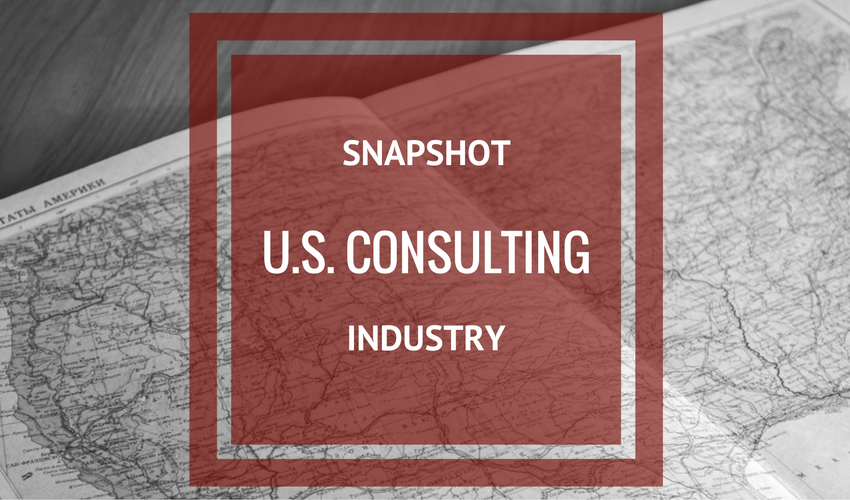Consulting Industry Outlook 2018
It’s a good time to be in the consulting world! According to the recently released Consulting Magazine’s 2018 Executive Outlook report, the theme for the consulting industry this year is “Let the Good Times Roll.”
The positive economic momentum + recent corporate tax cuts equal an “upbeat and bullish forecast” for the consulting industry. As result, the industry remains strong and firms are in the “midst of a hiring frenzy” to get the work done. Below is a high-level overview of the results in the report:
- 97% of leading consulting firms surveyed experienced real revenue growth over the last 12 months.
- 98% of executives are forecasting growth in 2018, and 94% are saying that growth will exceed 6%.
- 95% of firm leaders anticipate net profits will improve, and 62% of the firms predict net profits will be up more than 10% in 2018.
The survey was conducted in the latter part of 2017 with more than 130 Managing Directors, Partners and Vice Presidents participating. To read the full 2018 Executive Outlook, click here.




